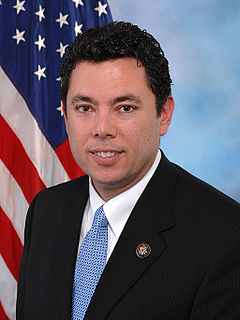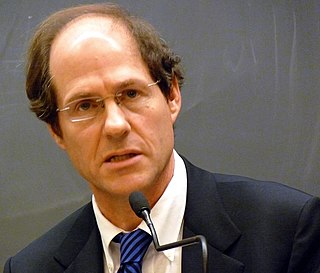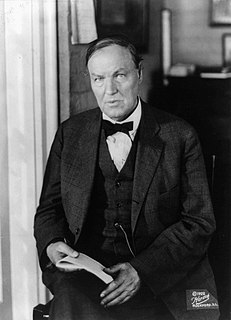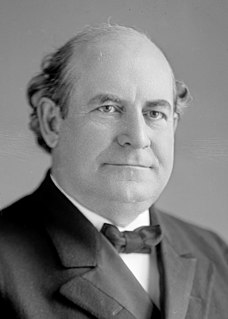A Quote by Sally Yates
The federal prison population increased by almost 800 percent between 1980 and 2013, often at a far faster rate than the Bureau of Prisons could accommodate in their own facilities.
Related Quotes
Between 1995 and 2005, the prison population grew by 30 percent, meaning an additional half million criminals were behind bars, rather than lurking in dark alleys with switchblades. You can well imagine liberals' surprise when the crime rate went down as more criminals were put in prison. The New York Times was reduced to running querulous articles with headlines like Number in Prison Grows Despite Crime Reduction and As Crime Rate Drops, the Prison Rate Rises and the Debate Rages.
The war on drugs has been the engine of mass incarceration. Drug convictions alone constituted about two-thirds of the increase in the federal prison population and more than half of the increase in the state prison population between 1985 and 2000, the period of our prison system's most dramatic expansion.
American farmers produced 600 more calories per person per day in 2000 than they did in 1980. But some calories got cheaper than others: Since 1980, the price of sweeteners and added fats (most of them derived, respectively, from subsidized corn and subsidized soybeans), dropped 20 percent, while the price of fresh fruits and vegetables increased by 40 percent.
Ten percent of American businesses disappear every year. ... It's far higher than the failure rate of, say, Americans. Ten percent of Americans don't disappear every year. Which leads us to conclude American businesses fail faster than Americans, and therefore American businesses are evolving faster than Americans.
If development was measured not by gross national product, but a society's success in meeting the basic needs of its people, Vietnam would have been a model. That was its real "threat." From the defeat of the French at Dien Bien Phu in 1954 to 1972, primary and secondary school enrollment in the North increased sevenfold, from 700,000 to almost five million. In 1980, UNESCO estimated a literacy rate of 90 percent and school enrollment among the highest in Asia and throughout the Third World.
One thing that's really interesting is not only the magnitude of the recent immigration into this country, but also its distribution and its investment in the country. About 9.3 percent of the population is now foreign-born [announced by the Census Bureau at over 10 percent a few days later]. What's really surprising is how well distributed those population groups are. Historically, we see new immigrants primarily on the coast and in a few big cities. I think the data are going to show a much wider distribution of the new population groups than we've experienced historically.




































